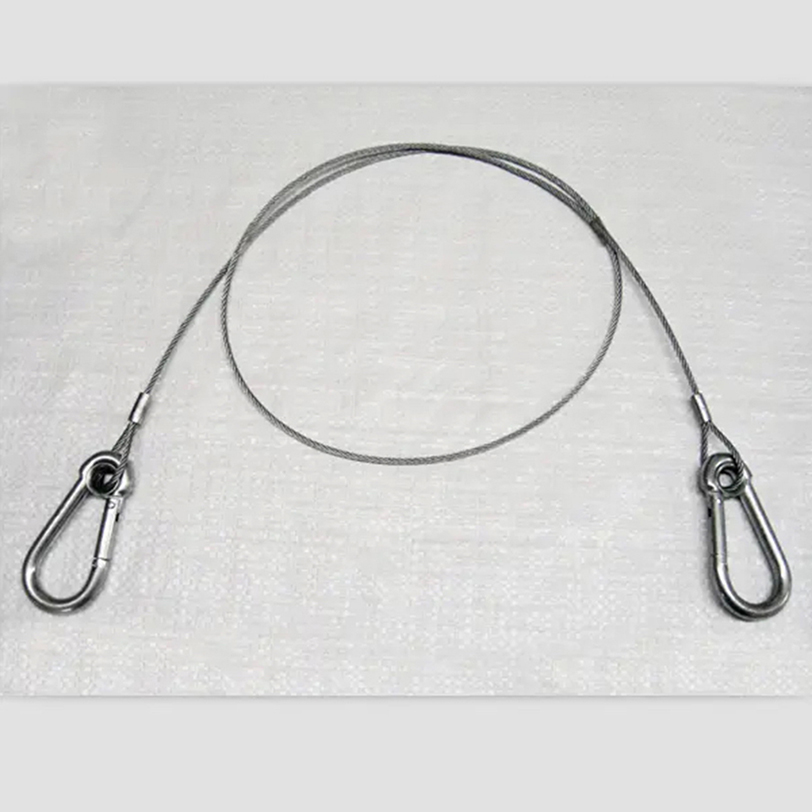Fluorescent lamps are gas discharge light sources, and their voltage-current characteristics are illustrated in Figure (b). The curve shows various regions of discharge. From point A to D, the lamp operates in non-self-sustaining discharge areas, where very little light is produced. From D to E, it transitions into a more stable phase. Points E to F represent normal glow discharge, similar to neon signs. F to G marks abnormal glow discharge, while G to K represents normal arc discharge, such as in sunlight or intense arcs. Neon lights operate through a glow discharge, whereas fluorescent lamps rely on arc discharge. Before the lamp starts, it has a high input impedance because there are few free ions present. This means that a high starting voltage, Uns, must be applied to initiate the discharge. Once the lamp is operating normally, the voltage across it drops to the operating voltage, Uop. The operating current, Iop, is determined by the ballast impedance at the working frequency. The voltage and current values in the equations refer to effective (RMS) values. Therefore, the power consumed by the lamp can be calculated as: Pi = Uop × Iop The manufacturer provides the rated starting voltage at 50°F, but for reliable operation under the worst-case conditions, the actual starting voltage should be at least 10% higher than the manufacturer’s specification. The American National Standards Institute (ANSI) defines the Uop and Iop values for different types of fluorescent lamps, ensuring that manufacturers meet the maximum power rating during production. Based on ANSI standards, the Uop and Iop values for a selected lamp type can be determined. Using these values, the required starting voltage, Uns, can be obtained from the manufacturer. Then, the ballast impedance, xb, can be calculated using the equation provided. In an electronic ballast, this impedance is typically controlled by the capacitance, which can be calculated using the following formula: Formula 2 In the equation, CbT refers to the equivalent series capacitance used when the lamp is driven by two capacitors. By selecting capacitors with different impedances, the lamp can be operated at or above its rated power, allowing it to function at any desired power level, including the specified limits. This is achieved by adjusting Uop and Iop accordingly. While it is possible to operate a fluorescent lamp at a higher power than its standard rating, doing so significantly reduces its lifespan. Even when operated at the specified power, the lamp's life may still fall short of the expected value, as these expectations are based on specific test conditions, including voltage, current, and temperature. Other Constructions SS Wire Rope Wire rope quality judgment:
5. The anti-corrosion ability of 316 Stainless Steel Wire Rope is stronger than that of 306 stainless steel wire rope, and the anti-corrosion ability of 306 is stronger than that of hot-dip galvanized steel wire rope. The quality of hot-dip galvanized steel wire rope is better than that of electro-galvanized steel wire rope; the quality of nylon plastic-Coated Steel Wire Rope is stronger than that of PE plastic-coated steel wire rope.
SS Wire Rope,SS Aircraft Cable,Construction Cable,Stainless Steel Wire Ropes Jiangsu Hongze Stainless Steel Wire Rope Co., Ltd , https://www.hzrope.com
1. Specific gravity. The diameter of the wire rope is the same, the heavier the specific gravity, the better the quality of the wire rope.
2. Steel wire rope core. The stronger the core of the wire rope, the heavier the specific gravity, the better the support for the outer strand of the wire rope, and the better the quality of the wire rope.
3. Materials. The material is the steel grade and strength. The higher the steel grade, the better the quality of the wire rope with higher strength.
4. After the rope is cut, the slightly loose quality is good, and the quality of the wire rope with a relatively long lay length is better than that with a short lay length.
